Survival Tips for Photojournalists: How To Make a Living as a Documentary Photographer

It is true that documentary photography dates back to the Civil War but most photo history textbooks credit the era of the 1930s to the 1950s when photographers such as Robert Capa, Margaret Bourke-White, Dorothea Lange, Henri Cartier-Bresson, and Alfred Eisenstaedt raised the public awareness of photojournalism and became famous for their magazine and newspaper work. Fast forward to today: photographers in this field now work with a wide range of clients, including magazines, newspapers, corporate foundation clients, nonprofits, and Non-Governmental Organizations (NGOs). This is NOT an easy field to break into and the rewards are rarely monetary. But like many photography disciplines, a passion for your subject is a requirement for any level of success.
(I want to offer special thanks to Giana Choroszewski, the operations manager at VII Photo Agency, and Will Mosgrove, my mentor at the Academy of Art University, for helping me with this article!)
Before we dive into the business issues, let’s meet each of our photographers.
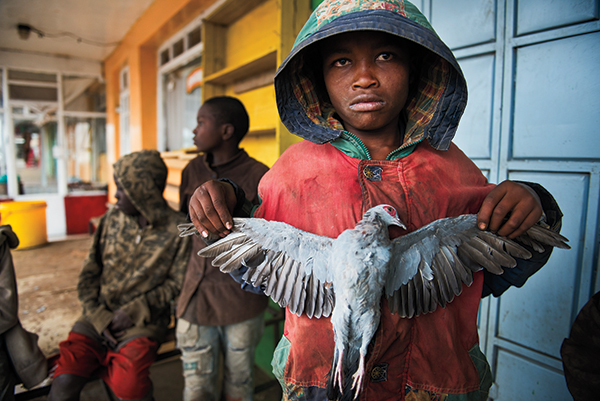
Deanne Fitzmaurice: Has been working as an assignment photographer in photojournalism and documentary photography for 26 years. Her clients include National Geographic, Sports Illustrated, ESPN, Apple, Google, and Nike. She is also active on Instagram (@deannefitzmaurice).
Jian Gao: Represented by ZUMA Press and a staff member at Magnum Photos, he has been in the field for two years. He has also sold his photographs to National Geographic, ChinaFile (a website project by Asia Society), and others for online publication and print books. His passion is the freedom of working on personal long-term projects.
Ron Haviv: Has been working for more than 20 years as a photographer. His editorial clients have ranged from being on contract with Newsweek for many years to story assignments with Time, New York Times Magazine, Vanity Fair, People, and Vogue amongst others.
Ed Kashi: A well-established photojournalist and mentor for others, he has been working as a freelance photojournalist and filmmaker for over 30 years. He has worked mainly with editorial clients like National Geographic, Time, Newsweek, Fortune, Geo, New York Times Magazine, and many other magazines, but now works more with NGOs, nonprofits, and foundations.
Zoë Meyers: Has been working in the field for about two years, working on assignment for photojournalism and documentary photography clients. She has mostly worked with regional and nonprofit publications and is currently working on a documentary photography and multimedia project, Desert Shores, which explores how water has shaped different communities in California.
Sim Chi Yin: Has been working as a reportage photographer for almost five years and has produced pictures, multimedia, and text working for clients like The New York Times, New Yorker, Le Monde, Wired, Time, Newsweek, New York Times Magazine, and Financial Times Magazine. She has also had work collected by foundations, galleries, and auction houses in Paris and New York. She was a newspaper reporter and foreign correspondent for nine years before quitting to be a visual documentarian.
Unni (Unnikrishnan Raveendranathen): Has been photographing and publishing journalism/documentary work for almost five years and has clients that range from Lonely Planet Magazine (web and print), the Global Oneness Project, local and international NGOs, Handicap International, AARP, and others. In the last two years, he has focused on his work with NGOs and Lonely Planet Magazine.


Shutterbug: When you are looking at your overall marketing efforts, what seems to work best for you—using the traditional marketing (getting published, awards, direct mail, sales calls) or newer online marketing tools (e-mail blasts, websites, social media) or both?
Ed Kashi: At this point it’s a combination of both types of efforts, but direct interaction is still very important if and when you can get it. Most of my new opportunities come via both types of marketing efforts and mostly from my reputation and referrals. Sometimes the hardest clients are the ones I’ve been established with for decades. Weird, huh?
Deanne Fitzmaurice: The most effective marketing has been to create relationships with editors and industry leaders. It takes years to build these relationships but it is, by far, the most valuable thing I have done. Editors hire people they know and trust. Social media has also been very valuable as it is a way to get my work in front of editors every week or as often as I post.
Ron Haviv: The world today is incredibly fragmented in the way that it consumes imagery. This includes potential clients. At the moment I have found that a strategy of combining both traditional marketing along with newer online marketing works best. This is also best supported by actual contact with the potential client.
Jian Gao: I would say getting published and receiving awards are good ways to get your feet in the door. Once you put your name out there in the industry, you are almost halfway there. You then must try to meet some people who work at the news agencies, magazines, and news organizations. If you are lucky, chances to meet people will come to you from these efforts. E-mails work well for me, since I know some people in the top industries. And, as I mentioned, getting published helped these people get to know me and respond to my contacts.
Sim Chi Yin: In terms of assignments and commissions, what has worked for me is largely through getting my work published in the international media. I have also been successful with the VII agency, word-of-mouth recommendations, awards and accolades, and “30 photographers to watch” listings.
Zoë Meyers: I have found that it is necessary to make a direct connection, usually first through a personal e-mail, with the editors in order to get work published. For me, that meant working on stories at first that I more or less “self-assigned” and then pitching finished work to editors to initially build a relationship before editors were contacting me with assignments.
Unni: Yes, there has been a transition, but I still think the traditional method is working well. Now, I have put my efforts into both. A lot of my time goes into marketing in all ways.
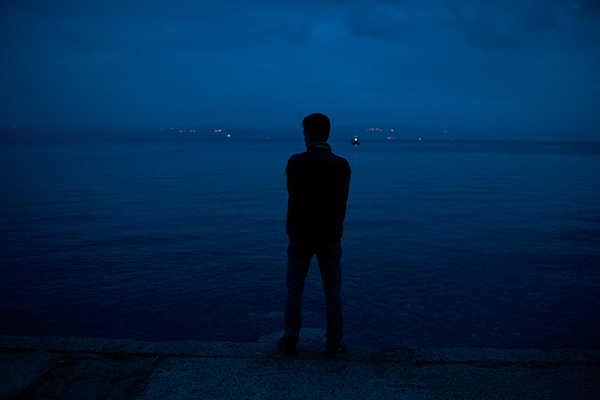
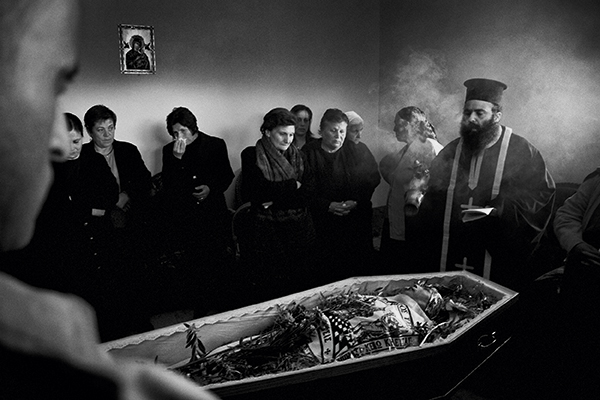
SB: What recommendations would you make to a photographer looking to make a career move into photojournalism or documentary photography?
Ron Haviv: Combining a personal vision in the way you would like to tell stories with a nontraditional approach. Thinking differently from the start of how you’re going to photograph a story to how it will be displayed and interact with an audience is a way that will help success.
Ed Kashi: Be ready for a lot of frustration and rejection. You have to truly be committed and prepared to work harder than you’ve ever imagined. You must love this work to put up with the continual demands and the insecure nature of freelancing. In terms of your work, you have to devote yourself to creating great projects and define your work in unique ways.
Deanne Fitzmaurice: For those looking to make a career move into the field of photojournalism, I would say “don’t quit your day job” until you have established yourself. Build your portfolio and your bank account before you venture into this field. Use this time to educate yourself on the business, attend workshops and seminars. Make all your mistakes before you start working for clients. Build your network.
Zoë Meyers: I think getting started in journalism and documentary work takes a lot of patience and flexibility right now. As people tell photographers in every field though, the important thing is to find the stories and issues that you are passionate about, and figure out how you can tell them in a unique way.
Jian Gao: Today’s industry is quite brutal; you will need to build a very strong portfolio before pitching the story to editors. I would say just follow your heart, do the projects that really interest you, don’t think too much, keep reading great photographers’ work but never ever copy them. Keep learning from other resources, such as literature, history, music, and movies. Traveling helps, too. You have to really dedicate yourself to this work for at least a period of time, even before you start to jump into this industry.
Sim Chi Yin: Pursue a well-researched personal project you feel very strongly about, shoot it over time for a strong portfolio to get published. I believe that assignment work doesn’t really allow one to stand out from the crowd too much.
Unni: A career move? Heavy question! I’m not sure what to say. It’s a battlefield out there so please be ready to get hurt and enjoy little success at first. It takes a bit of time to go into this field full-time. Also, doing projects closest to your line of interest would make more sense.
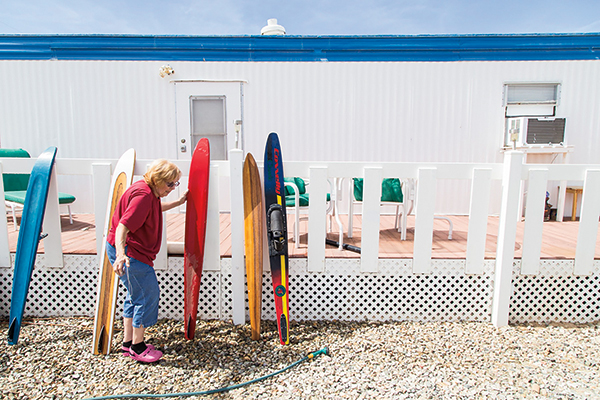

SB: What is the biggest industry change you have seen in this area of the photography business in the last five years?
Deanne Fitzmaurice: The biggest industry change I have seen in the last five years is the demise of print publications and the increase of online publishing opportunities. We are now all publishers but we need to create stories and content that people want to see.
Ed Kashi: The shift to digital platforms, in many cases usurping print as the initial means of distribution, as well as now getting paid for new work commissioned for these digital platforms.
Ron Haviv: The introduction of motion as an avenue for storytelling has been one of the most major changes that have taken place. Many clients are now looking for motion-mixed projects and some are even looking for motion-only stories. However, the mainstay throughout all the changes in the industry has been the ability to be a great storyteller. We just have more tools now to do so.
Jian Gao: I can’t say too much about this, but from what I have been experiencing so far, I find social media and digital technology do help photography in many ways. We have more and more new digital platforms in photography coming up during these recent years.
Zoë Meyers: Even though I haven’t been working in the field for that long, I think the biggest change is that newsrooms and publications are still adjusting to the demand for video work. Photographers now are often expected to shoot both video and stills for assignments.
Unni: Almost everybody has a DSLR and they are all photographers; the concept of making a photograph has been changed and it’s all about “clicking.” I would say since the cost of digital cameras has gone down dramatically and photography has been portrayed as an easy art to the general audience, a lot of times I have come across clients who can’t differentiate a professional photographer versus a guy with a camera.
Sim Chi Yin: I’ve only been in the photo industry for the past five years, but I’d say from year to year things are changing. Our worries and concerns this year are not the same as last year’s concerns. The more established photographers say re-sales (of photos) have dropped by a lot. I feel we’re in a time stuck between the old media and the new. We need to embrace self-publishing and showing projects as we are making them, through Instagram and other social media platforms.
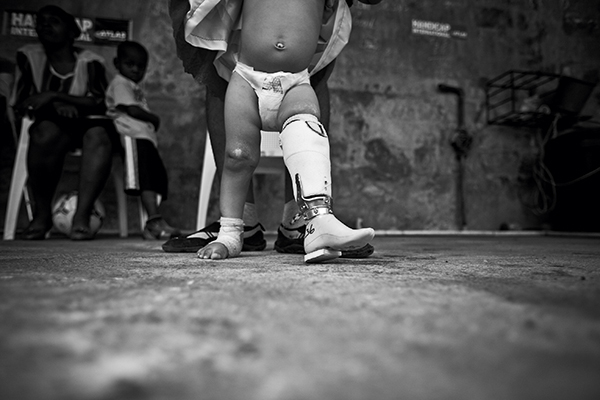
Resources
Deanne Fitzmaurice: portfolio.deannefitzmaurice.com
Jian Gao: galleries.jiangaophoto.com
Ron Haviv: ronhaviv.com
Ed Kashi: edkashi.com
Zoë Meyers: zoekinslowmeyers.com
Sim Chi Yin: viiphoto.com
Unni: unniphotography.com











































